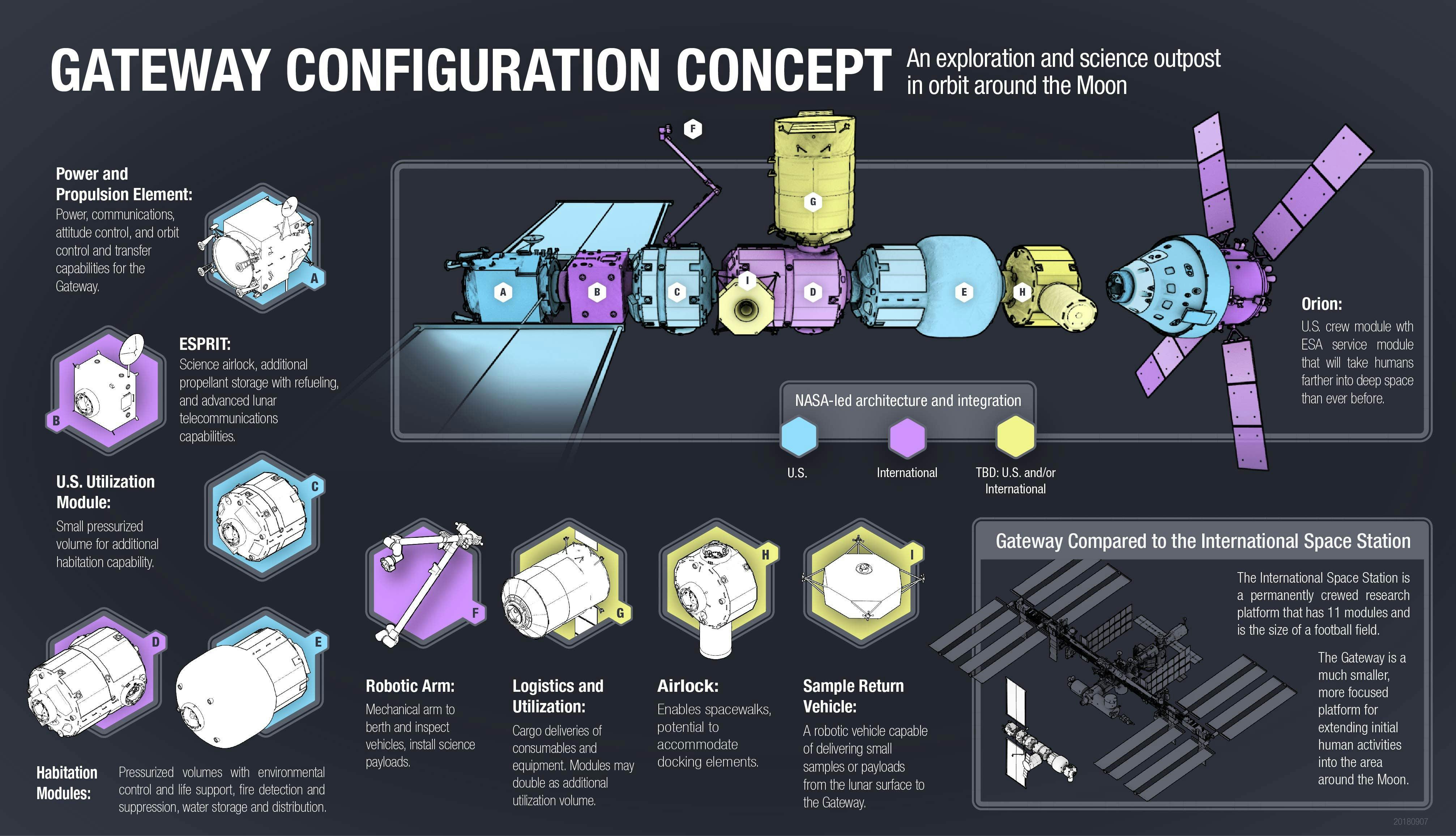Published Nov 4, 2019
Where Can Technology Take Us?
The European Space Agency looks at how Star Trek might inspire future technological leaps.

NASA
The Star Trek vision as formulated and created by Gene Roddenberry in the 1960s might very well hold the answer to challenges faced by humanity today. Only united by our common urge for exploration and self-improvement can we meet global challenges of poverty, conflict, and sustainability.

StarTrek.com
Star Trek’s very existence depends on technology: warp drive and transporter for mobility, tricorder for health and holodeck for entertainment. Technology is important to Star Trek, and it is important off the screen as well for improving the quality of life. When you want to go from Paris to Rome you can rely on high-efficiency thermodynamic turbines to propel an aircraft. The production of stainless steel for buildings, cars, and airplanes can rely on machines to get the raw materials out of the ground, process and shape them into the product.
We need more innovations to our real technology, not made-up technology. As innovators around the world seem to be busy inventing new tech, some are simply repacking existing technologies. Algorithms turn into "artificial intelligence", databases into "big data" and "blockchain." Technological progress is much harder to achieve than sitting in a committee and coming up with new marketing labels; Elon Musk has even said: "Technological progress does not happen automatically. It must be achieved through investment and very hard work. Without this, technology might even degenerate."
Real technology positively disrupts the capabilities of humans to interact with their environment. Star Trek shows us how important capabilities these are: the ability to travel and explore the universe at high speeds, and the infrastructure to support a wealthy and growing population in this universe in a sustainable manner.
How Close are We to Trek Technology?
Humanity’s achievements in mobility through the 21st century are still quite terrestrial. The only means of space transportation available to us is rocket propulsion, which remains more or less the same as when it was developed during the 1960s and 1970s. Chemical rocket engines burning combustible fuel with storable or cryogenic oxidizers remain the means of choice for rockets, satellites, space probes, and spacecraft. The most advanced version of this is the fully cryogenic combustion of liquid oxygen and liquid hydrogen. Physically speaking, this is the end of the road for chemical propulsion, and this constraint keeps us from achieving Earth orbit using a single, reusable rocket stage. There is simply nothing that can be more efficient in space propulsion if we are constrained by chemistry.
But, are we as constrained as we think we are? As it turns out, we aren't! The 1970s also saw the start of the development of nuclear engines that achieve much higher efficiencies than chemical systems. Interplanetary missions would become more feasible with spacecraft that visit multiple destinations and refill their propellant (likely hydrogen) in orbit or near Asteroids. The NERVA (Nuclear Engine for Rocket Vehicle Application) project cleared the path to this capability.

NASA
We’ve also made immense progress with space infrastructure. The International Space Station is the most important common scientific and technological global project of the late 20th and early 21st centuries. It allows a crew of six astronauts to continuously live and work on important projects and research in space To some extent, the ISS program is, perhaps, Starfleet in gestation. The next step is, astronauts and scientists hope, is the Lunar Gateway: a human-tended infrastructure that will allow expeditions to the lunar surface, as well as into deep space. Together with advances in propulsion, the Gateway will literally open up the solar system for human explorers. According to current plans, it will open for business in 2026.
The boldness of a project like the Lunar Gateway may leave you asking where the more ‘practical’ advances are. Where is your flying car, for instance? Well, some of our perceived slowness is the result of fear. Humanity is still caught in its fear of technology. We are prone to think o dark visions of our future, in which technology destroys our planet. This view of the future is even popular in science-fiction, just look at the works of authors like Isaac Asimov. However, Star Trek’s vision is far more optimistic, and will hopefully drive fans towards a positive expectation of the future.
Perhaps that is all it takes: to have a positive vision, share it with our common humans, and celebrate each small step towards fulfilling Gene Roddenberry's dream of a united and wealthy humanity.

